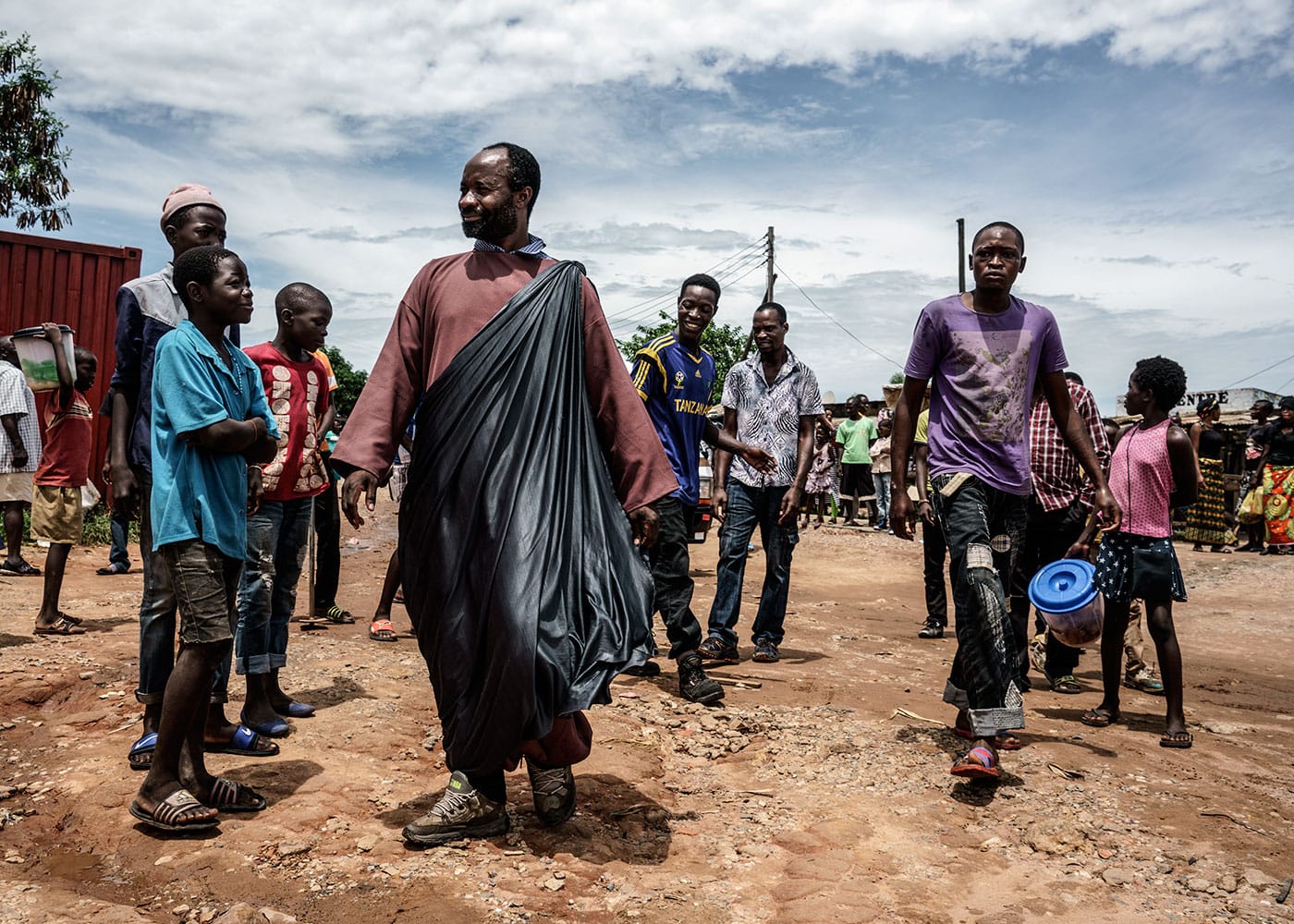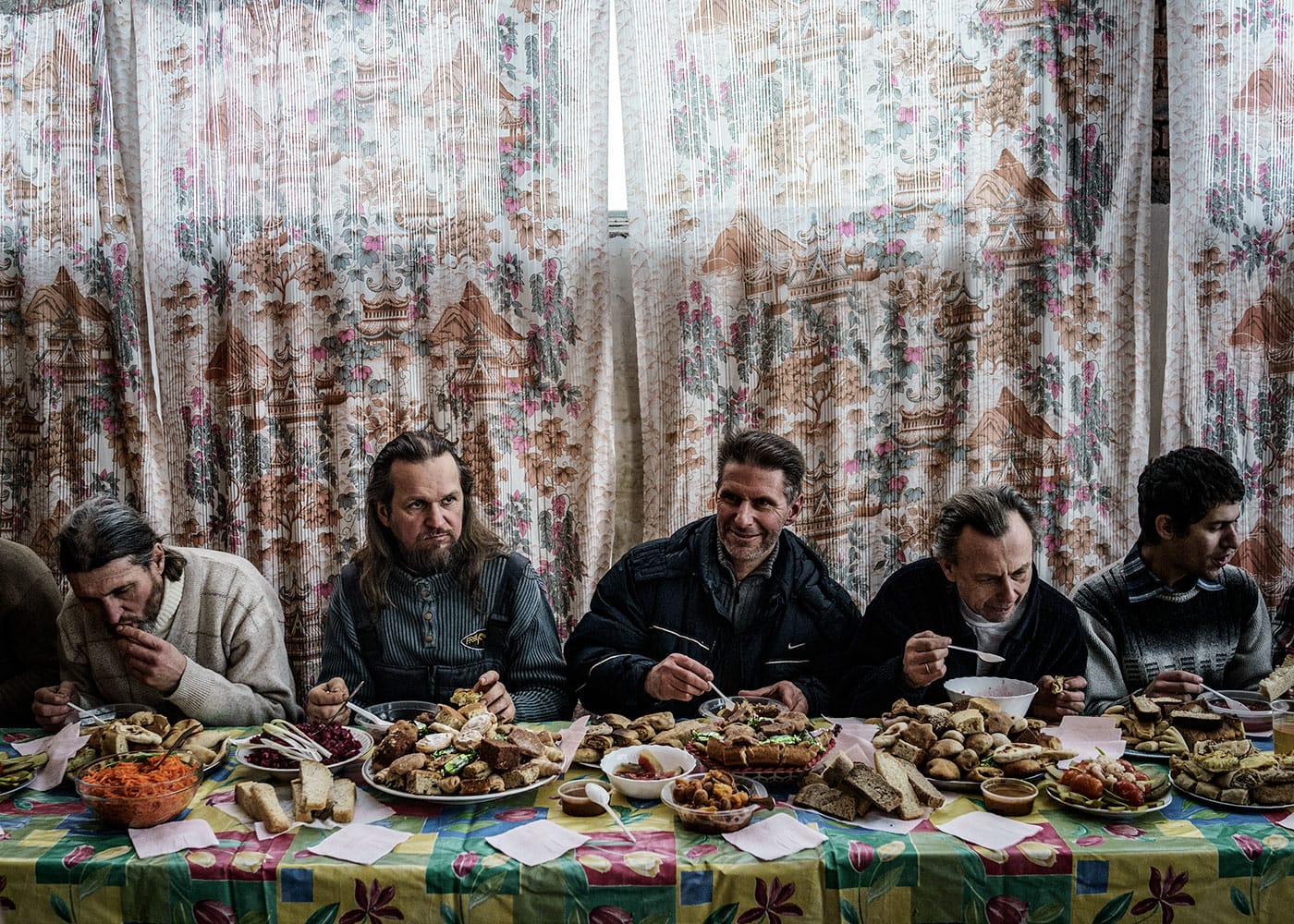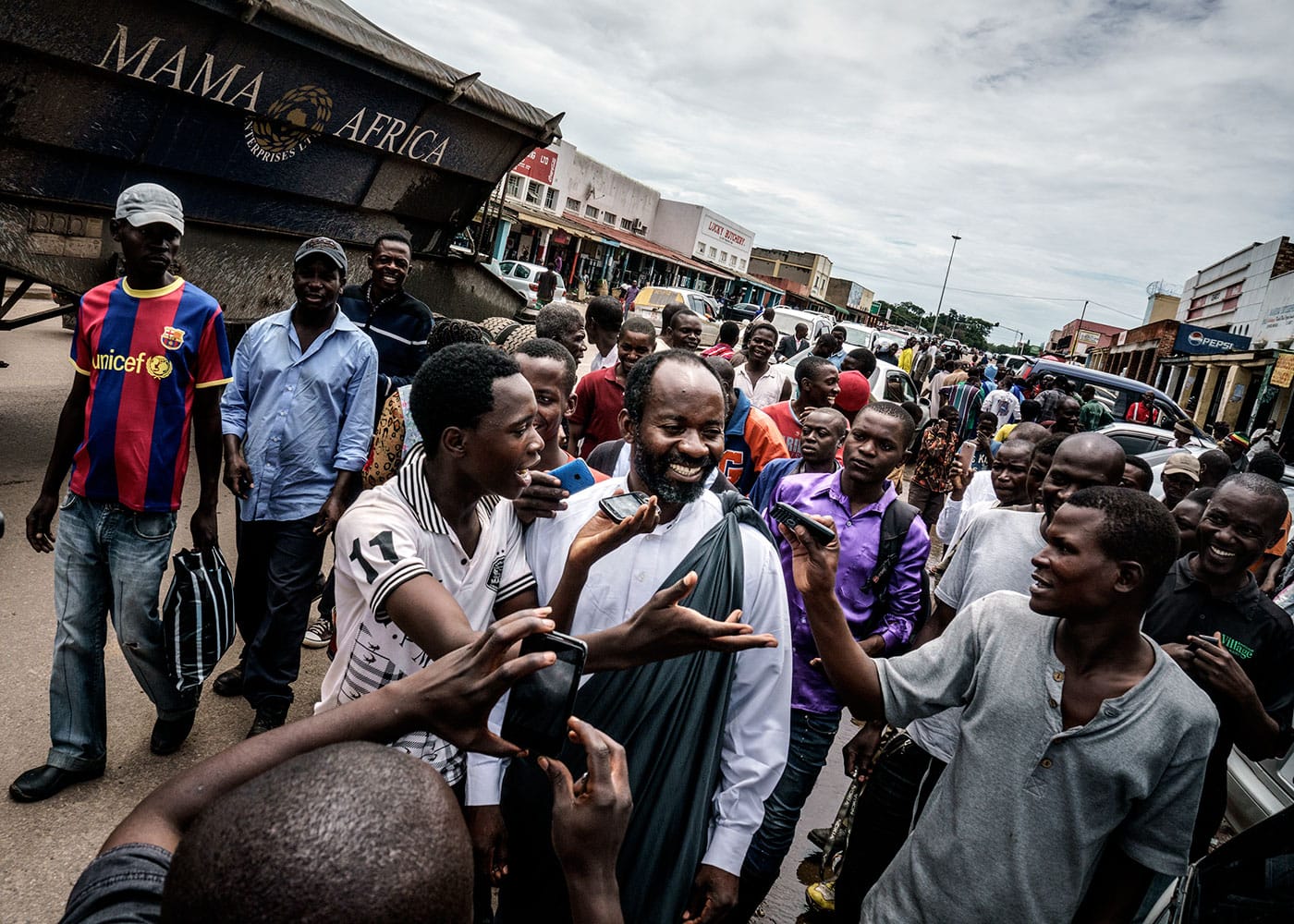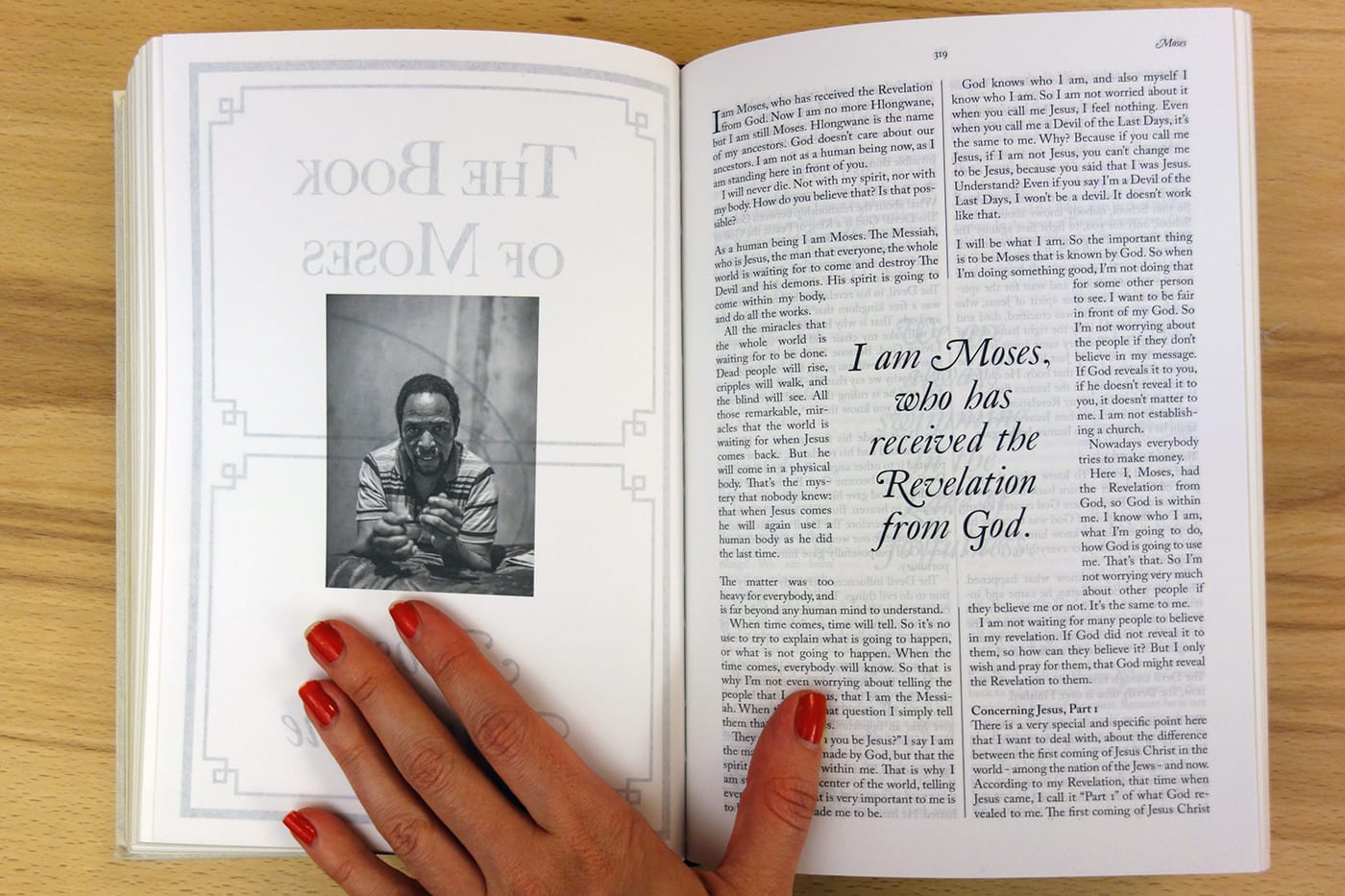Photographs of Men Who Believe They Are Christ's Second Coming
For The Last Testament, Jonas Bendiksen photographed seven men from around the world who each believe they are the Second Coming of Jesus Christ.

In the preface to The Last Testament, photographer Jonas Bendiksen describes himself as a “man of little faith.” But he went with an open mind on a journey to photograph seven men who have publicly declared that they are the Second Coming of Jesus Christ. As Bendiksen writes:
Three years ago I set out to find him, Googling my way through local news outlets across several continents. Ignoring the numbing cacophony of thousands of prophets, priests, and gurus. I sought only one thing: to experience the presence of the anointed one, the Messiah himself. Who, given the chance, would refuse to touch divinity?

The Last Testament, out now from Aperture in collaboration with GOST, is a chronicle of these encounters, from Jesus Matayoshi in Japan who regularly runs for elections and proselytizes from the roof of his Toyota minivan, to Jesus of Kitwe, a taxi driver who posts photocopied Gospels around his Zambia city with the help of two devoted disciples. It’s imagined as a sequel to the Old and New Testaments, and opens with the New Testament’s final verses that promise Jesus’s return. The hefty book takes its design cues from the type of flashy Bible one might be gifted at First Communion, with its gold-edged pages and embossed fabric cover. Inside, Bendiksen relates his personal interactions with the Messiahs, although not all were a success. His attempts to meet Apollo Quiboloy, leader of the Philippines-based Kingdom of Jesus Christ, were denied; photographs only capture the megachurch’s “Appointed Son of God” on his televised sermons. On the rice paper pages, selections from each of the Christ’s own words appear, followed by the Norwegian photographer’s lush portraits of their worlds.
There is a fair amount of humor in some of the images, such as INRI Cristo (his name taken from the inscription put by the Romans on the crucifix) cruising around his Brazilian compound on a cross-adorned pedestal pushed by blue-gowned disciples, yet Bendiksen’s photographs are never judgmental. His camera treats them neither as gods nor sideshows, but as people who are grappling with faith.
Photographs of David Shayler the Christ, a former MI5 agent who had his revelation in 2007, frame the keyboard through which he types his messages on Twitter, and the small gatherings at his sermons on unconditional love (sometimes given as his female persona, Dolores). The photographs of a community in Siberia, which follows a Messiah who goes by Vissarion, are particularly striking, capturing the daily lives of the about 5,000 people in his harmonious self-sustaining society, which operates its own schools and churches among the expanses of wilderness and snow. Photographs of Moses, the Messiah of South Africa, also offer a deeply humanizing and intimate glimpse of the man wearing a hat with the rhinestone word “JESUS” and his disciples, as they prepare for the promised Judgment Day, believed to be triggered by Moses’s future wife’s arrival.
It’s tempting to demand of these Jesus Christ superstars (or perhaps dwarf stars in the religious universe), the question posed in Andrew Lloyd Webber and Tim Rice’s 1970 rock opera: “Do you think you’re what they say you are?” The Last Testament leaves this unanswered, offering instead seven alternate paths of belief in a world still shadowed by the war, politics, and crusades done in the first Jesus’s name.











Jonas Bendiksen: The Last Testament is out now from Aperture.





